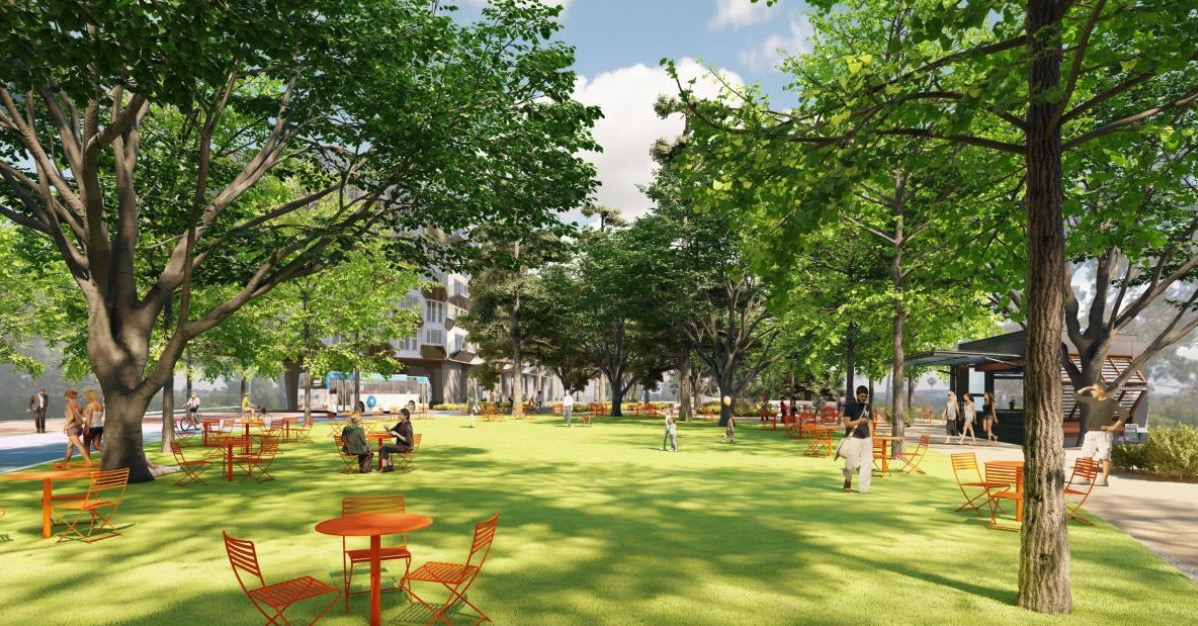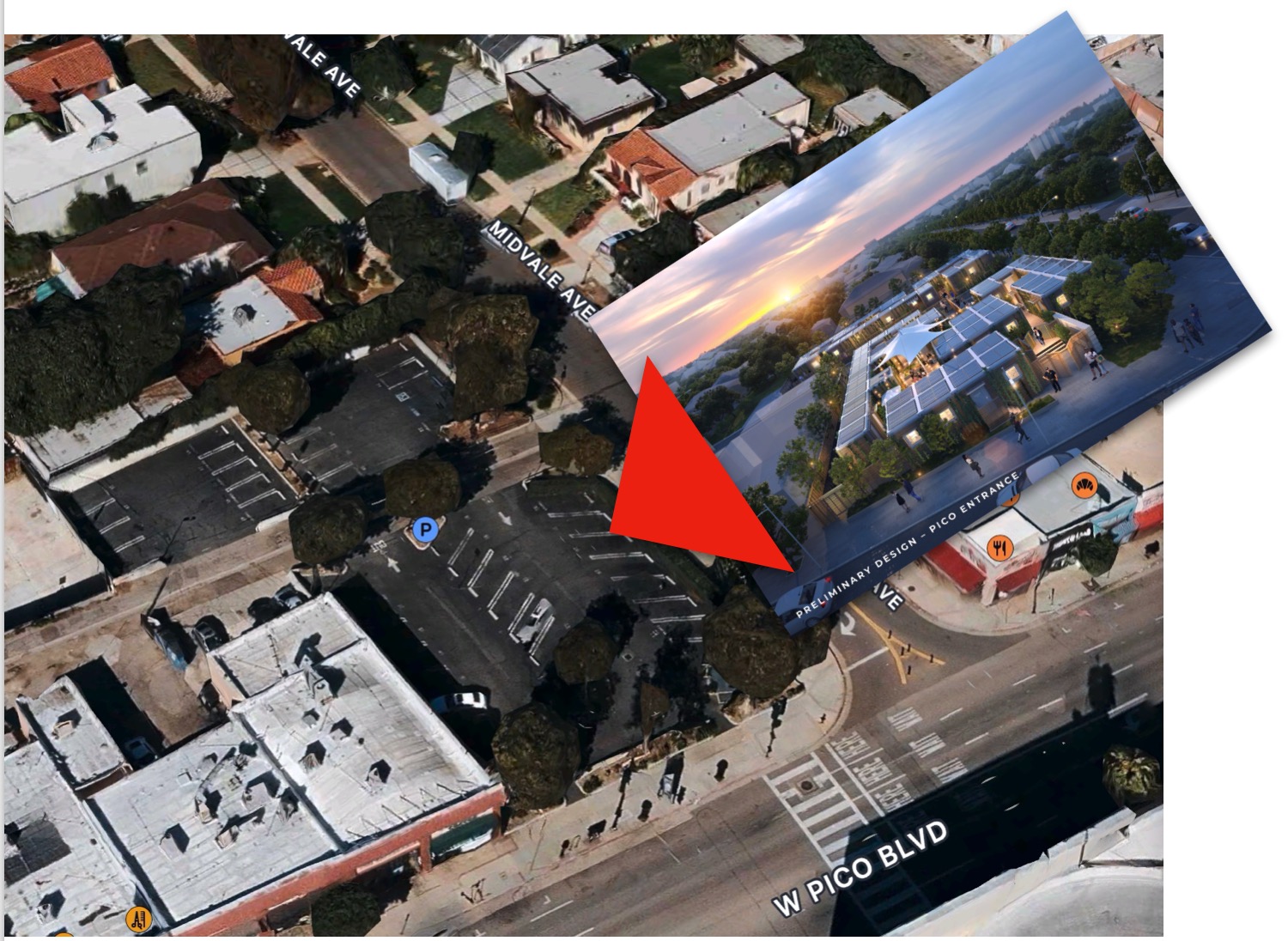Comments
iAUDIT - Los Angeles is a city in panic. City leaders, facing the undeniable failure of their Housing First policies, are scrambling to create the illusion of progress by hastily approving new shelters with no public input. The City Council continues to approve funding for Inside Safe despite its demonstrable lack of progress. In a rush to appease the state government s and meet housing targets based on faulty numbers, the Mayor and Council members are proposing massive upzoning even as the state itself projects long-term population loss. Local leaders have embraced funding an unnecessary study for removing a well-used freeway and replacing it with the fantasy of a park and affordable housing.
In a sure sign of panic and lack of true leadership, each of these projects and proposals are being made in a vacuum, with no consideration of how they may be related. For example, a poorly-researched proposal to convert the 90 freeway into the “Marina Great Park”, driven solely by an organization called Street for All Los Angeles with ties to developer money, would shift more than 100,000 daily vehicle trips to local streets—the same streets where City planners have proposed building as many as 60,000 new housing units, and where Cedars Sinai is building a major new medical center. The park proposal study may grant Streets for All a tidy $2 million of taxpayer money, and garnered a letter of support from Mayor Bass, who flippantly referred to the 90 as the “freeway to nowhere”, a term she later tried to walk back.

Upzoning is being proposed with no regard to existing infrastructure capacity nor the need for future expansion. Many of the potential sites would displace thousands of current renters living in below-market apartments, a pattern the City has repeated many times since it destroyed working class housing in Bunker Hill in the 1960’s.
Other signs of panicked leadership abound. Katy Yaroslavsky’s insistence that a new shelter is needed in the Pico-Midvale area despite community protests, and despite the fact it will be managed by the same nonprofit that manages a notorious shelter in North Hollywood. The absurd position the City has put itself in by allowing RV’s to park indefinitely virtually anywhere. The lunacy of spending millions of taxpayer dollars to clean up encampments, only to have inhabitants move back in before crews finish their cleaning. The Council approved a 2024 ballot measure to force hotels to rent vacant rooms to the homeless, despite the experience of San Francisco, which has already incurred more than $33 million in repair costs from damage caused by homeless people relocated to hotels during the pandemic, and the $11 million in repairs the City has agreed to pay to the owners of the Hotel Mayfair.

Let’s take a deeper look at a couple of these issues. When it comes to the need for new housing, various numbers have been bandied about, but about 250,000 seems to be a common target for the LA basin. Everyone from the Mayor to advocacy groups to builders insists we need thousands of units to alleviate homelessness. What nobody seems to talk about is that the target numbers are based on flawed and unreliable data from the State Department of Housing and Community Development. A 2022 State Auditor’s report noted several inconsistencies in the way HCD calculated its targets, and the State Department of Finance used flawed methods to project the numbers of new households. Basically, the Auditor said HCD analysts forced the process to fit their numbers, rather than allowing the data to determine housing targets. Advocates—and the developers who support them—have been quick to seize on the outsized targets as proof the City needs to adopt massive upzoning projects. City leaders, whipped into a panic by media stories about high housing costs and trying to placate the special interests that put them in office, have adopted policies exempting new construction from parking and infrastructure improvement requirements.
Recognizing an opportunity when he saw one, the leader of Streets for All – L.A. created a slick proposal for a Marina Great Park, chock full of remedies for all of society’s ills, from the housing shortage to lack of greenspace to choking traffic. Mayor Bass, State Senator Ben Allen, and Caltrans’ Director, (among others), wrote letters to the federal Department of Transportation supporting Streets for All’s grant proposal for a $2 million study. Apparently, they didn’t pay much attention to what was in the proposal. As Michael Schnieder, head of Streets for All said at an October 11 presentation to the Del Rey Neighborhood Council, the addition of 4,000 housing units comes with no parking. He expects residents to use bikes or public transportation that doesn’t yet exist. The plan proposes shunting more than 100,000 daily vehicle trips onto already overcrowded streets. The plan’s claim of remedying community divisions caused by Route 90’s construction is countered by the proposal to build a string of huge apartment blocks on the freeway’s 30-foot high right-of-way, and restricting access to small side streets. Communities at the freeway’s east end will be cut off from easy access to the coast.
Bass and Allen also didn’t bother to check the veracity of Streets for All’s claims of support. A proactive resident emailed L.A. County Supervisor Holly Mitchell’s office to voice his concern after Michael Schnieder, head of Streets for All, included her in a list of supporters during an August 10, 2023 Del Rey Neighborhood Council presentation. In reply, the resident received this:
“Thank you for contacting our office regarding this important issue. We want to make it clear that Supervisor Mitchell does not support removing the Marina freeway. Our office is aware that Michael Schneider falsely shared that the Supervisor supported this project during his [August 10] presentation and appreciates you highlighting this. Supervisor Mitchell has consistently said in her own words where she stands, she declined Streets for All’s requests for a letter of support for their application seeking funding for a feasibility study and has made it clear that if the organization does get approved for funding to do a feasibility study, she will work with her constituents to ensure their voices are heard and accounted for. This is why emails like this are important.”
Had Bass. Allen, and other elected leaders taken the time to perform their due diligence, they would realize just how weak the Marina Park plan is. But people in a panic rarely make good decisions. One mistake tends to cascade into a series of poor decisions. The choice to unquestionably accept the State’s flawed numbers has driven leaders to support housing schemes that do little more than funnel more public money to developers and underperforming intervention agencies.
We need to ask who is benefiting from all this panic. It’s not residents, who are being buffeted, seemingly from every side, by proposals to build high-rise apartments next to their homes or have poorly run shelters arbitrarily placed in their neighborhoods. It’s not business owners who will suffer when they are displaced by massive construction projects that will take years. It’s not renters, many of whom live in below-market apartments near their workplaces, and who will be forced out when new developments, most of which will be market-rate, displace them. Not trades people, who will lose valuable time bogged down in traffic that’s worsened by closed streets and high density development with no parking facilities. And certainly not the homeless, who already suffer from a lack of decent shelter and virtually no services.
As has become the norm for Los Angeles, the real winners are those who are exploiting the panic at City Hall for their own gain. Developers and builders who will profit from massive construction projects. Advocacy groups that increase their political power (and often gain financially) by sustaining a constant perception of crisis concerning homelessness and housing. Elected leaders who can score easy political points by taking “bold action” that does little but enrich a small group of entrenched special interests. Lethargic government agencies and nonprofits that take in millions in revenue yet produce virtually no tangible results. The price of panic is often steep, and the longer it goes on the worse things get. We need leadership that will act rationally, calmly, and comprehensively to address the housing shortage and the homelessness crisis. Unfortunately, all we are getting is more panic.
(Tim Campbell is a resident of Westchester who spent a career in the public service and managed a municipal performance audit program. He focuses on outcomes instead of process.)
Correction: Regarding the associations mentioned in this column, the author of this article received the following message:
"You stated incorrectly that the October 11 meeting regarding the Streets for All proposal was held by the Del Rey Neighborhood Council (DRNC). The meeting was held by the Del Rey Residents Association (DRRA). The DRNC was established by the City in 2003. The DRRA is a 501(c)(4) association established in 1972. Anyone who owns residential property or resides in Del Rey can join the DRRA, which charges dues of $15 per year per household. The DRNC is funded by the City, so Del Rey stakeholders do not pay dues."






